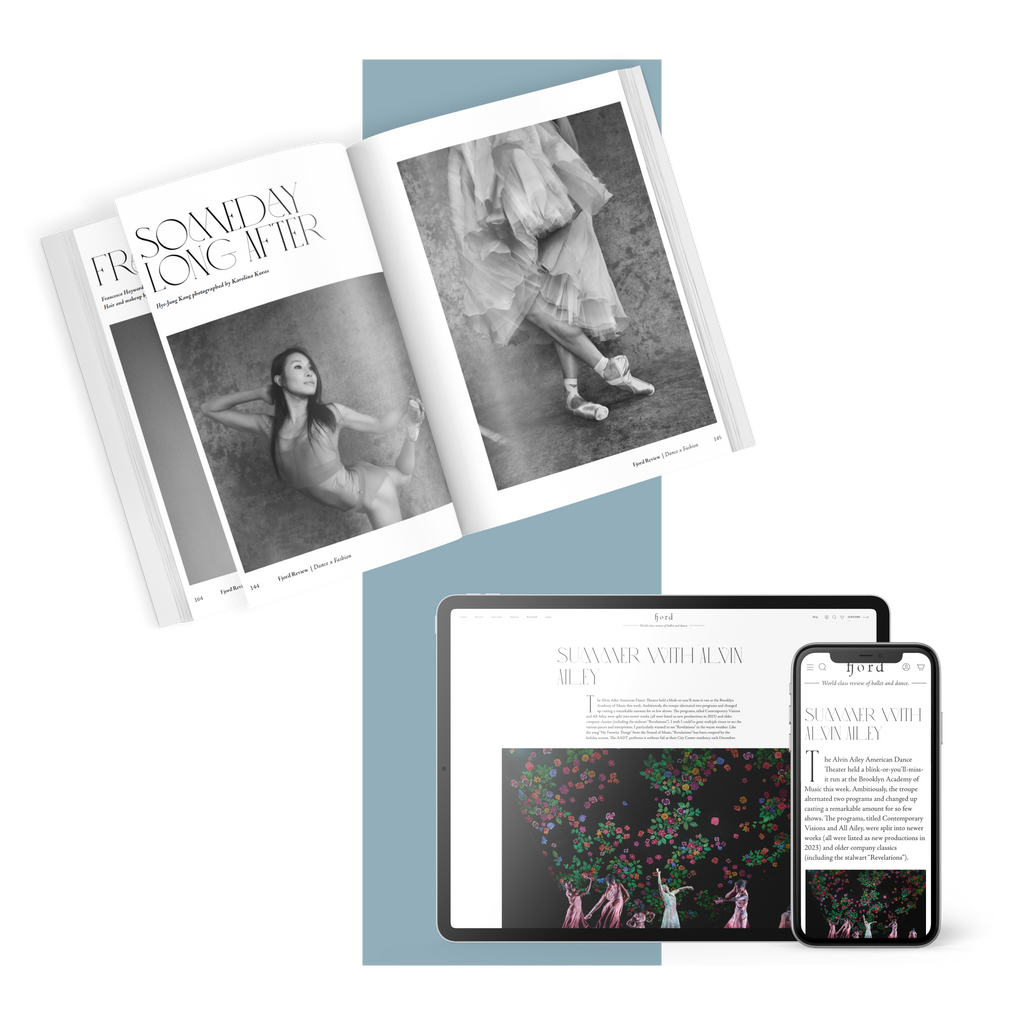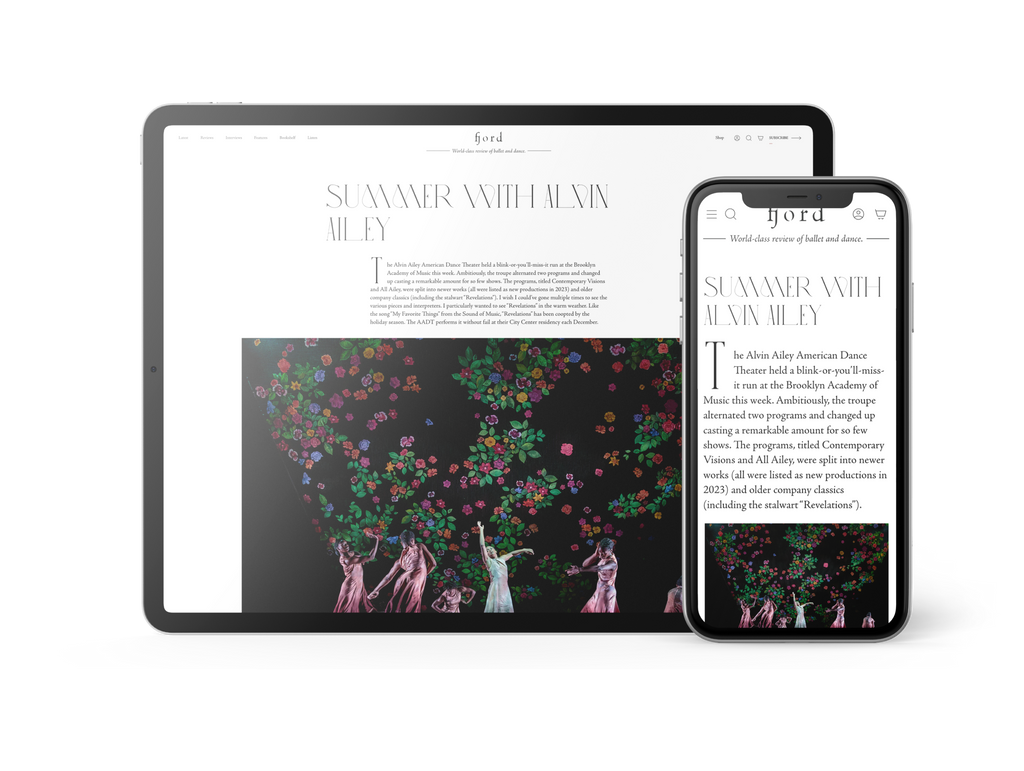There's not a whole lot of recognisable technique across the programme, though the dancers' precision and clean lines reveal a high level of modern dance training. In Mi-sook Jeon's “Hommage,” ten performers thrust their chests, wave their arms and roll on the floor, moving with the kind of cohesion that hints at hours in the studio. The piece explores the ritualism behind the Eastern tradition of bowing, questioning its adequacy as a sign of respect. Its drawn-out beginning—a music-free sketch in which a masked man rests on his knees while a subservient woman putters around, collecting his things and bowing in submission—is a little tedious, but the speedy group dancing that follows is a stimulating show of energy, and an immensely physical one at that: by the end you can practically smell the sweat on stage.
By contrast, “Reflection” is more measured and, as its title suggests, inward-looking. Much of the piece is improvised, and there's a strong pedestrian element: when they're not keeping to the floaty, fluid movement vocabulary (full of waving arms and precarious balances), the four dancers busy themselves with routine actions like adjusting their hair, dusting themselves off, donning or taking off socks. While these bits lose their spontaneity after a while, they do prompt some interesting questions about whether the peripheral components of dancing (preparation, rest, recovery) have any place in a final performance. More intriguing are the different ways the dancers tackle their collective mandate: a phrase one performs in a willowy manner another later executes as pointed and crisp.
The thunderous applause that greeted the final moments of Chang-ho Shin's “No Comment” confirmed I wasn't alone in loving the explosive piece, in which an all-male cast decked out in blazers delivers a punchy effusion of handstands, back-flips, roundhouse kicks and sudden drops to the floor. The performers take turns using body percussion to keep the beat, first thumping their chests amid silence and then stomping their feet in time with a pulsing soundtrack that includes songs by techno fusion collective Transglobal Underground and Bosnian composer Goran Bregović.
The piece throbs with heart and soul, and while the dancers' precision somewhat falls by the wayside as they chase the quickening tempo, their energy levels never wane. This isn't about getting the steps right, their vigour seem to say; it's about channelling the drama of the music, feeding off its relentless intensity. Several false ends keep the tension high: the lights cut out three different times, first flicking back on to reveal the performers without their jackets, then again with their shirts unbuttoned, and finally topless, their sweat flying as they storm the aisles of the auditorium, pounding away. The performance concludes with a cracking finale of acrobatics—one that had the dancers and audience alike clapping along to the very last beat.
K-Arts has a long history of performing overseas. Here's hoping London becomes one of the company's regular pit-stops.









comments